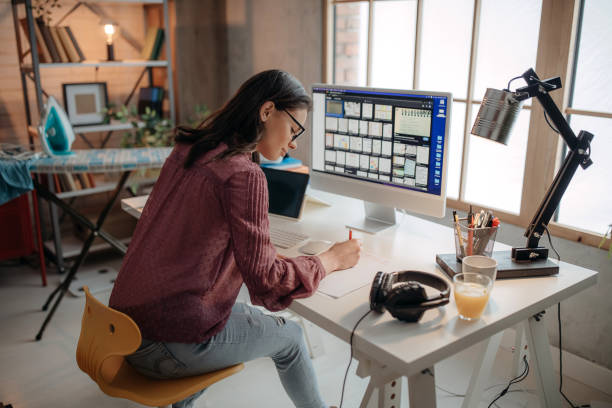AI face swapping technology has surged in popularity, allowing individuals to swap their faces with celebrities, public figures, or even fictional characters in video and images. While these video face swap AI tools are incredibly entertaining and creative, they also raise important legal questions. One of the most significant concerns revolves around whether these types of AI-generated creations are protected by copyright or considered fair use. With the technology advancing rapidly, the legal system is scrambling to catch up and address these challenges.
Understanding Copyright and Fair Use
Before diving into the specifics of video face swap AI, it’s important to first define what copyright and fair use are. Copyright, as a legal mechanism, shields the originality of an idea expressed in various forms including movies, songs, and photographs. Instead, it is the right of a creator to have exclusive rights for the use, reproduction, and distribution of their creative work. In contrast, fair use refers to a legal principle that allows a minor use of copyrighted materials without obtaining permission first for purposes such as criticism, commentary, parody, news reporting, education, or research.
The main problem of video face swap AI is whether these products a.k.a. artworks—whether they are about the faces being swapped into existing footage or generating completely new ones—are used fairly or, on the contrary, they are infringing copyright laws.
Does Video Face Swap AI Constitute a Form of Copyright Infringement?
One of the serious matters concerning video face swap AI is if it is a breach of the copyright of the original material. To illustrate, a person who brings his or her face into a famous scene of swapped video from a movie or a television show may use copyrighted material. The producers of the movie or the show and the actors who played the characters have rights to the footage, and this makes any unauthorized modification possible copyright violation.
The complexity of the issue lies in the fact that AI technology is trained on large datasets, which by their very nature tend to have a copyright component. If video face swap AI tools are trained on the data including copyrighted material without adequate licenses and permits, they will be already violating the copyright laws even before they are used in face swapping.
Is It Fair Use: Does AI Face Swapping Stand a Chance to Be Justified by Fair Use?
Notwithstanding, there is a point to argue that video face swap AI could be sometimes exempted from copyright protections, especially if face-swapped content is used in a transformative way. For example, if the video is created for commentary, parody, or satire, it can be viewed as a form of artistic enhancement.
The face swap’s goal is to criticize or give commentary on the original content (using AI face swap to mock a film star’s role, for instance), thus it can be argued that this comes under fair use. In contrast, this is not a black-and-white issue and much hinges on the local context and the law.
Moreover, if the face swap video is made for non-commercial purposes like simply personal enjoyment or just for fun as part of a social media trend, the chances for it to be considered fair use are greater. Generally, the courts will take a balanced approach which will include factors like the purpose of use, whether the original work market value is affected, and transformation of the original work using it.
Judicial Precedents and AI Face Swapping Prospects
The video face swap AI front is still a growing battleground. The former courts have taken legal decisions about the issues of fair use of the third-party cases of parody, remixes, and fan art but AI-born materials are relatively unchartered. As AI face swapping gets more and more popular, new controversies are expected that will aid in limiting copyright and fair use in the digital era.
The concern over whether the producers of the AI tools or the ones who use them carry the brunt of the copyright infringements is also likely to play a large part in future trials. Are developers of the AI tools responsible for copyright infringements because their users created work that is in breach of intellectual property rights? Or will the responsibility lie just on the shoulders of the individuals who used the tools?
Summary: Finding the Way in the Legal Gray Area
The question is whether digital face swap AI is a copyrighted material or is it under the fair use category? The answer partially lies in the fact whether the use context, the original work nature, and the perceived transformational nature are met. However, in the majority of cases, AI face swapping is a tool that comes with the non-permits aspect of the copyright law.
The ongoing development of AI technology and the courts are likely to bring about development of laws which will clarify matters even more. However, creators of video face swap AI should be more than ever careful before entering into what may be copyright infringement as the legal system delineates fair use in this area which is changing at breakneck speed.

